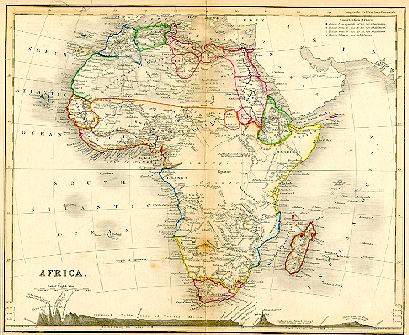How do Old Maps Depict the Malawi Region?

 he earliest hominids we know of that likely knew the lake now variously called Nyasa, Maravi, or Malawi
lived some 50,000 to 60,000 years ago. They left stone tools that have been excavated in
several localities near the lake (Baxter, 2010.
Millennia later, the Kafula or Akafula (also called Batwa) pygmies arrived, a Stone Age group said to have
descended from a mixing of Bushmen with an equatorial-forest people. The Akafula settled the lake region
sometime between 8000 and 1500 years ago (Rafael, 1980;
Ransford, 1966) and survived until roughly 1600 A.D., when
a Bantu people thought to have come from near Lake Victoria arrived and displaced the Akafula.
These Bantu people, skilled ironworkers, were known as the Amaravi
(Baxter, 2010).
he earliest hominids we know of that likely knew the lake now variously called Nyasa, Maravi, or Malawi
lived some 50,000 to 60,000 years ago. They left stone tools that have been excavated in
several localities near the lake (Baxter, 2010.
Millennia later, the Kafula or Akafula (also called Batwa) pygmies arrived, a Stone Age group said to have
descended from a mixing of Bushmen with an equatorial-forest people. The Akafula settled the lake region
sometime between 8000 and 1500 years ago (Rafael, 1980;
Ransford, 1966) and survived until roughly 1600 A.D., when
a Bantu people thought to have come from near Lake Victoria arrived and displaced the Akafula.
These Bantu people, skilled ironworkers, were known as the Amaravi
(Baxter, 2010).
The Greek trader Diogenes penetrated into Africa from the Indian Ocean around 104 A.D. and
reported that inland seas existed there (Ransford, 1966); Ptolemy's Geography (150 A.D.)
noted a pair of oval great lakes, probably two of the more northerly ones. Lake Maravi first
appeared on Portuguese maps in 1546, having been reported to Portuguese explorers in 1513.








